SEARCH OUR AMAZING LIBRARY
OF VIDEOS AND ARTICLES TO
HELP YOU MANAGE YOUR PARKINSON’S
Blog
Treat Parkinson’s Stooped Posture with Ball-Assisted Scapular Glides
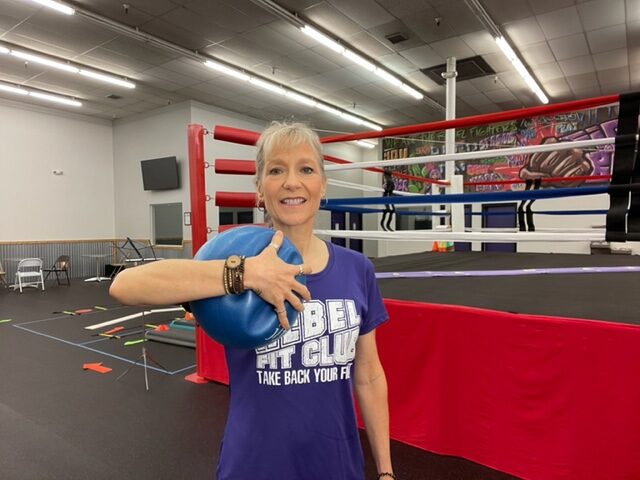
People with Parkinson’s often struggle with stooped posture and shoulder pain. It may seem like these are two different problems, but your shoulder pain may be just a symptom of dysfunction of the upper back and shoulder blade relationship. If this dysfunction is ignored for too long, it can result in a rotator cuff tear.
The muscles of the upper back, along with the shoulder blade action, are very important to posture and the stabilization of the shoulder. Your shoulder blades should “glide and float” on your rib cage. If you have a stooped posture, your shoulder blades can’t sit or glide normally on the ribs. Poor posture associated with Parkinson’s disease often creates tight chest muscles and weak back muscles, which affects this delicate balance.
Continue reading “Treat Parkinson’s Stooped Posture with Ball-Assisted Scapular Glides”Parkinson’s Stooped Posture Causing You Pain? Get your Shoulder Blades Gliding!
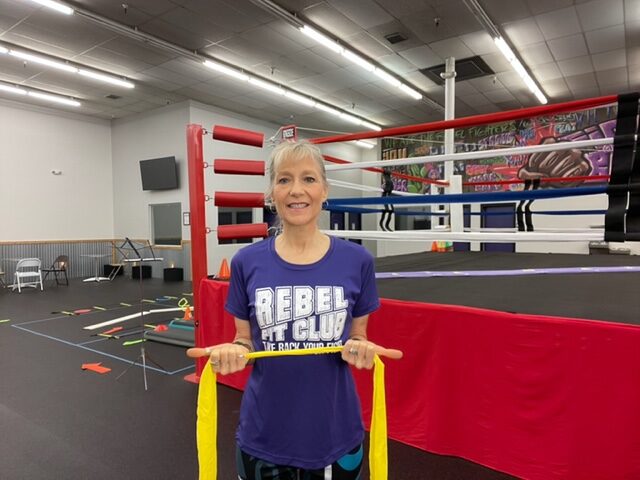
Many people with Parkinson’s complain of shoulder pain in addition to their stooped posture. It may seem like these are two different problems, but your shoulder pain may be just a symptom of dysfunction of the upper back and shoulder blade relationship. If this dysfunction is ignored for too long, it can result in a rotator cuff tear.
Your shoulder blades should “glide and float” on your rib cage. If you have a stooped posture, your shoulder blades can’t sit or glide normally on the ribs. Your chest muscles become tight and pull the shoulders and arm forward, creating shoulder pain and complications with the rotator cuff muscles.
Continue reading “Parkinson’s Stooped Posture Causing You Pain? Get your Shoulder Blades Gliding!”Why the Wide-knee Child’s Pose Helps Parkinson’s Tight Hips
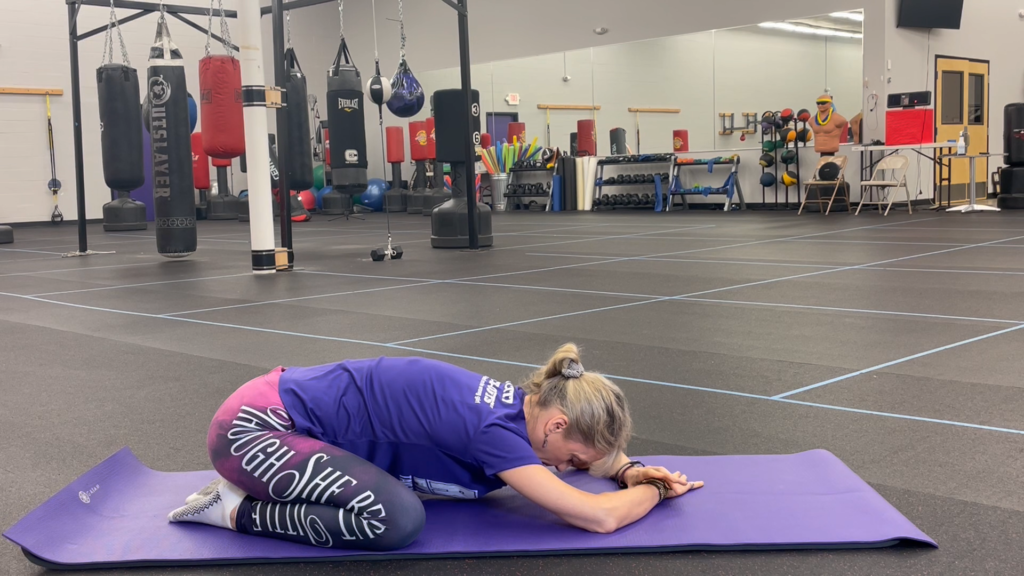
Most people, with or without Parkinson’s, have really tight and maybe even painful hips and lower backs.
Muscles and soft tissue can become “boggy” around these joints and the surrounding areas, making our lower backs and hips painful when we’re trying to sit or walk. I will show you how to do a simple Child’s Pose going into a Modified Frog Pose to help loosen up your hip joints and release your tight muscles.
Continue reading “Why the Wide-knee Child’s Pose Helps Parkinson’s Tight Hips”How To Get the Best Results To Slow Down Your Parkinson’s: Show Up!
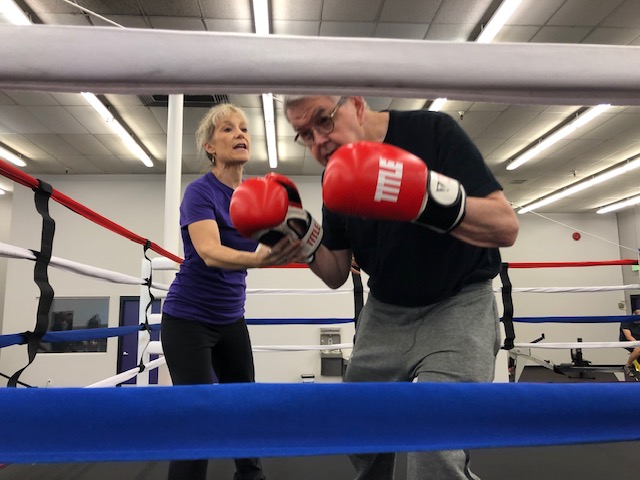
“How do I slow down my PD progression?” I get asked this question a lot, and I answer it with another question: “Are you doing what you need to slow down the progression?” In other words, are you showing up?
“Showing up” means optimizing the resources available to you. The teachers are all around you. Do you seek them out, and if so, do you practice and do your “homework” to get the most out of your sessions?
Continue reading “How To Get the Best Results To Slow Down Your Parkinson’s: Show Up!”How To Manage Raynaud’s Syndrome When You Have Parkinson’s
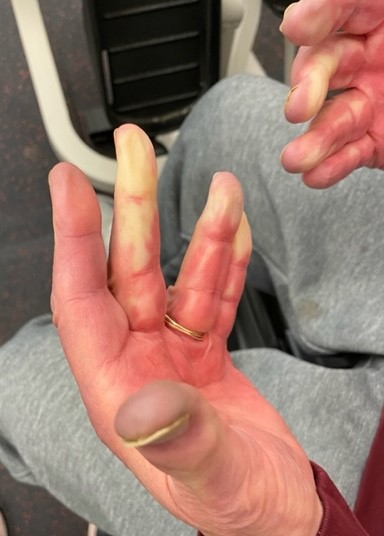
The picture above is of my client who has Parkinson’s. He kept coming into the gym wondering why his hands were purple. This is what Raynaud’s Syndrome/Phenomenon can look like.
Raynaud’s is a decrease in blood flow mainly in the fingers, but it can also affect the nose, ears, or toes. Raynaud’s affects three to five percent of people in the United States. Women are more likely to have Raynaud’s. I have Raynaud’s myself, so I know how painful it can be when you aren’t moving your hands a lot!
Continue reading “How To Manage Raynaud’s Syndrome When You Have Parkinson’s”